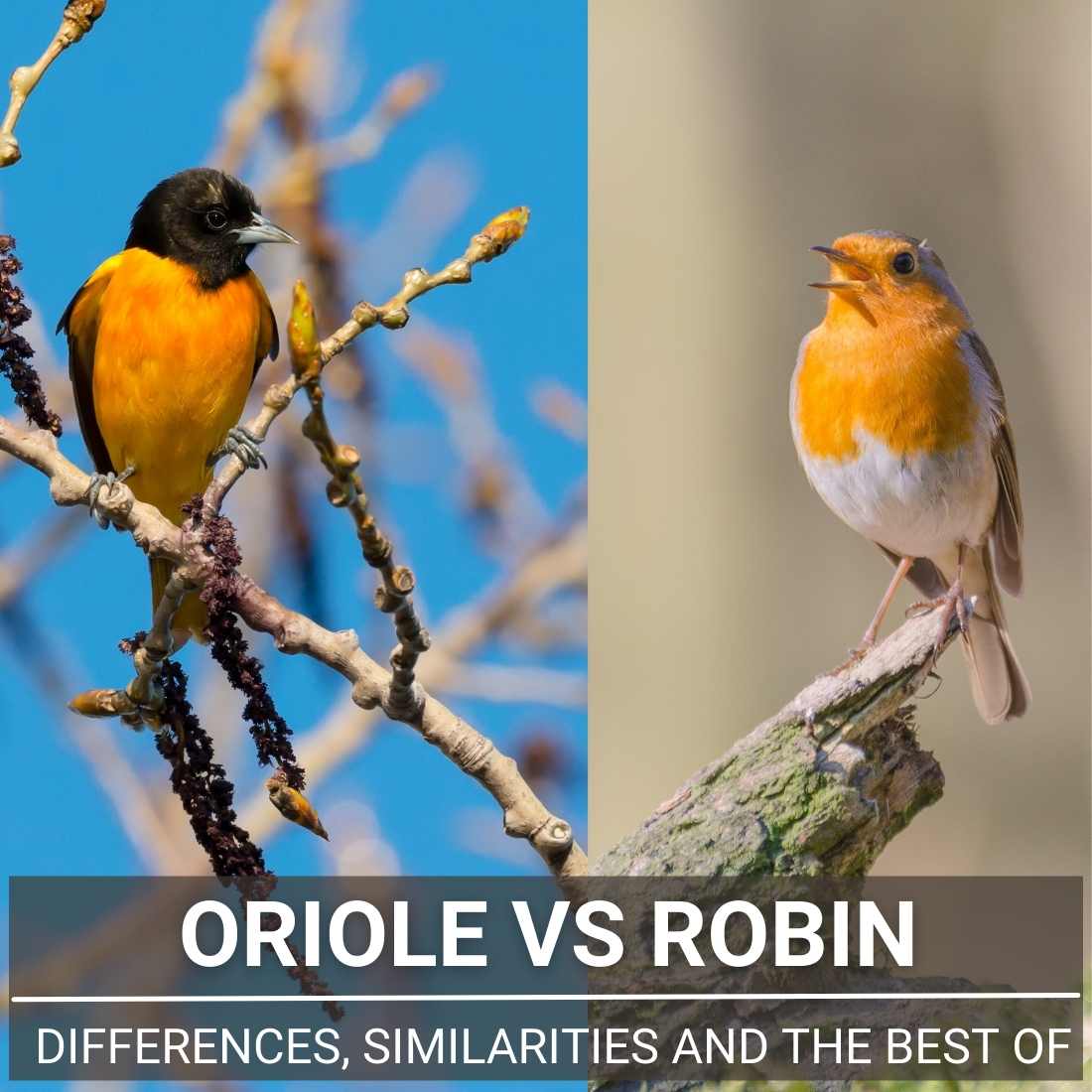Bird lovers and observers are well aware of the similarities between an oriole and a robin. It is quite hard to tell the difference between these two bird species since they look to be very similar and have many of the same traits. So to identify both these birds, you must know all the differences and similarities between them.
Table of Contents
Let’s look at the article below to see how the robin and the Oriole differ from one another.
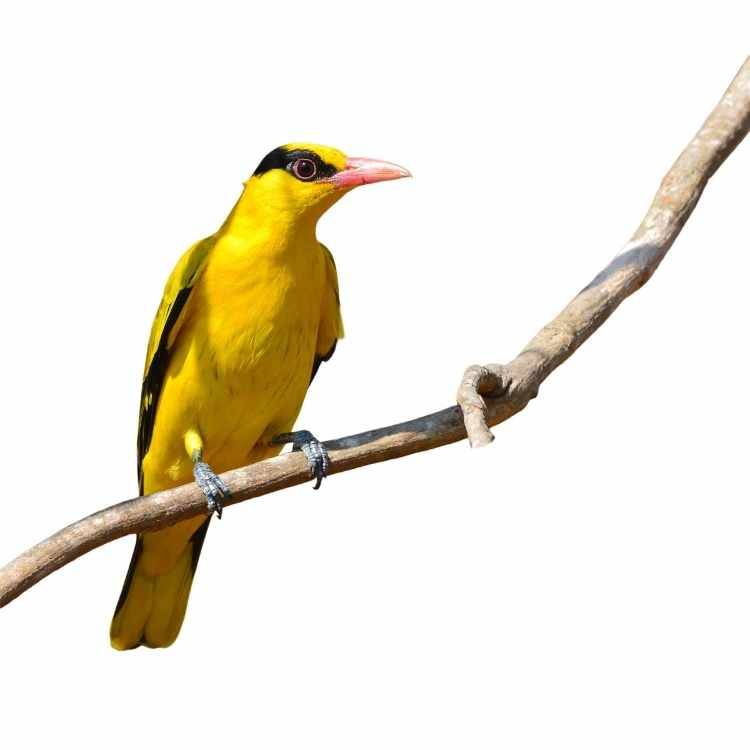
Overview Oriole vs Robin
| Oriole | Robin |
|---|---|
| They have an exquisite musical “tweet, chirp, chirp “sound. | Robins seem to make a chirper sound with a unique “here, here.” |
| Orioles are smaller than Robin, with sizes ranging from 6-8 inches | A little larger than Oriole, with size ranging from 9-11 inches |
| Completely pointed wings | Slightly pointed wings |
| Orioles have a blackish-silver bill | Robins have the yellowish or blackish bill |
| Rounded tail | Fan-shaped tail |
| Swift direct flight with rapid wing beats | Swift strong direct flight. |
| Larger flocks | Smaller flocks |
| Jet black head with orange chests | Greyish brown feathers with orange underparts |
| Fly and eat from treetops | Mostly ground eaters |
| The average lifespan is eleven years (wild) | The average lifespan is two years (wild) |
| Medium- to the long-distance migrant. | Resident or short-distance migrant |
| Have 3 to 7 eggs in on the clutch | Have 3 or 4 eggs in on the clutch |
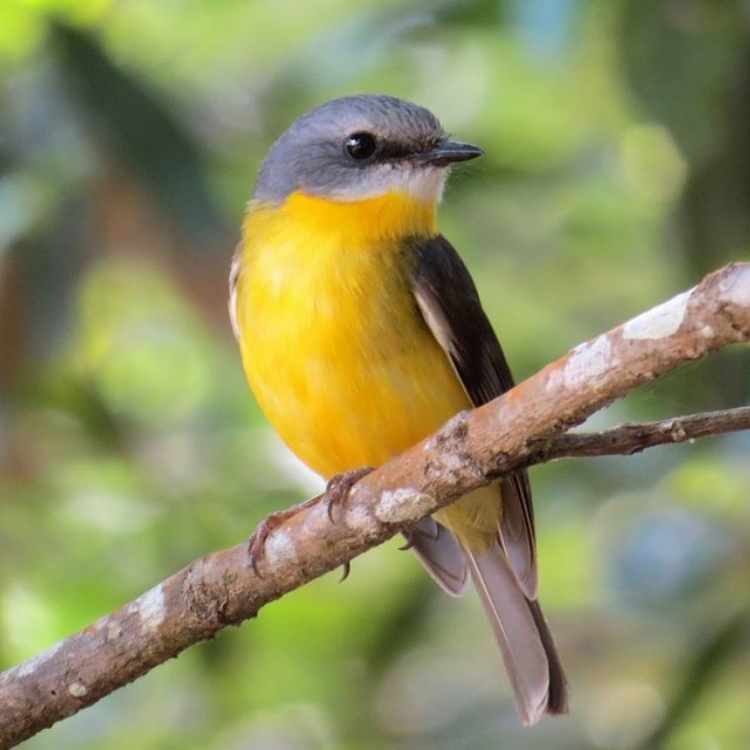
Differences between Oriole vs Robin
Appearance
Despite the fact that both birds have distinctive orange chests, the color differences between them may be rather noticeable. The chests of the orioles are a vibrant orange in color. The mature Oriole has a jet-black head and back, with orange undersides and tail feathers. The mature orioles female’s plumage has a wider variety in density than the male’s. Their heads and backs are brown or yellow, and their upper and lower tails are golden browns.
On the other hand, the upper and bottom feathers of the robins are grayish-brown, while the underparts are bright orange. As the robins fly, a white patch can be seen on each bird’s abdominal area and lower tail. Female robins have a lighter crown coloration than male robins
Another noticeable distinction is the shape of their beaks. Unlike robins, who have a yellowish or blackish bill that changes color depending on the season, Orioles have a blackish-silver bill.
Size
Robin is distinguished by a stocky, rounded body that is frequently represented as having a stomach. Robins are somewhat bigger than orioles in overall size, measuring around 10 inches long. Meanwhile, orioles are sleeker and smaller in stature, measuring between 6 and 8 inches in length.
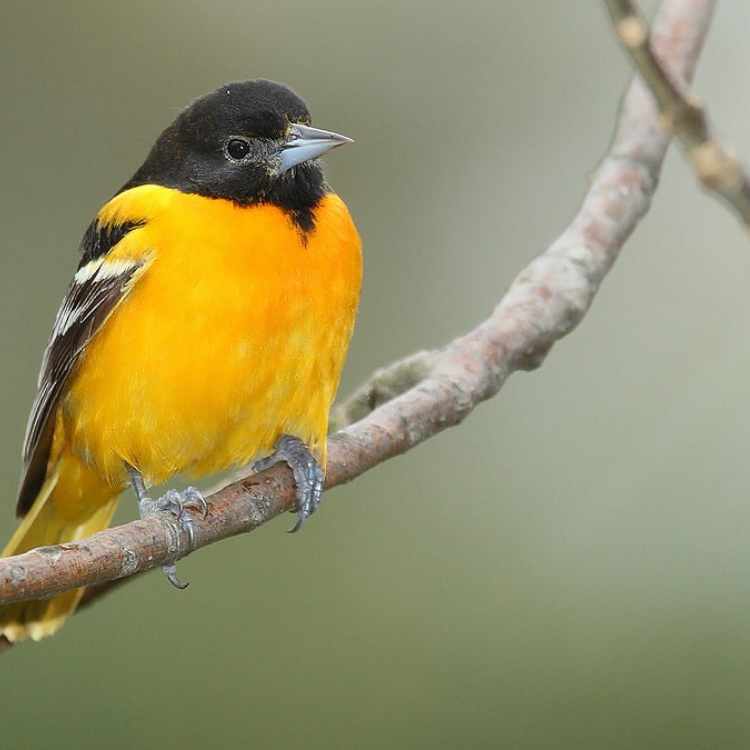
Habitat
Robins scratch and pull at the earth in quest of worms. They are bottom feeders on the hunt for insects. The nests and perches of robins and orioles are both on deciduous trees, but orioles prefer the upper branches to find insects on plants. Their nests are built on the tree’s topmost branches. Orioles will occasionally drop for fruit from a shorter tree or a slice of orange from a garden. They migrated west and south from their northern and central breeding grounds for the winter. Robins are found all year in the US, although most move south for the winter.
Diet
Both eat insects, but Robins are the birds that may be seen on the surface pecking and looking for worms and hidden insects. Orioles spend most of their lifespan in high treetops/branches, snatching insects off the leaves and branches of trees and shrubs.
Behavior
Orioles may be seen flying gently from one tree to another from far up on the tree branches. They may practice their whistling songs while flying. Even if they are not visible, orioles can be heard chattering their unique “here, here” call high in the treetops. Robins fly with quick wing beats and short glides. They have one of the earliest morning bird calls with their exquisite musical “tweet, chirp, chirp.”
Similarities between Oriole vs Robin
There are numerous similarities between Oriole and Robin, such as both birds’ colors are hard to identify because of similar orange colors. In both birds, females have pale colors as compared to males. Both of these birds occupy roughly equivalent locations, i.e., reside in identical areas of the United States and move south during winter, then return north and east during the mating season
In addition to their similar look, both orioles and robins make their natural nests in evergreen trees or shrubs. Finally, these birds are omnivores; their diet is typically insects, nuts, and berries.
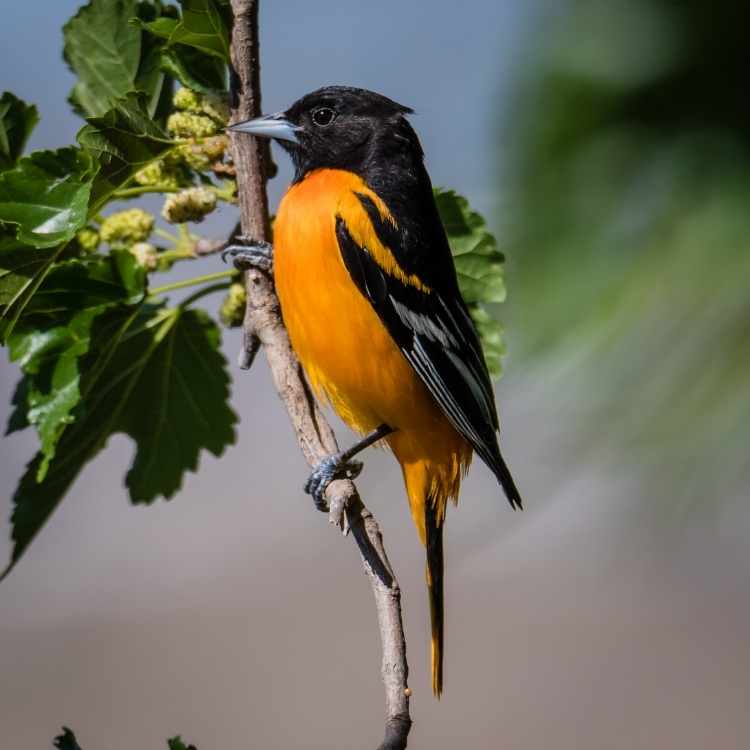
Interesting facts about the Robin
Despite their adorable look, male robins are quite violent and would attack their own image or even a clump of red feathers if they believe it to be another bird, despite their charming appearance. It has been reported that robins have built their nests in a variety of unexpected locations including post boxes, abandoned boots, outdoor ashtrays, plant pots, and even the motor of a World War II aircraft.
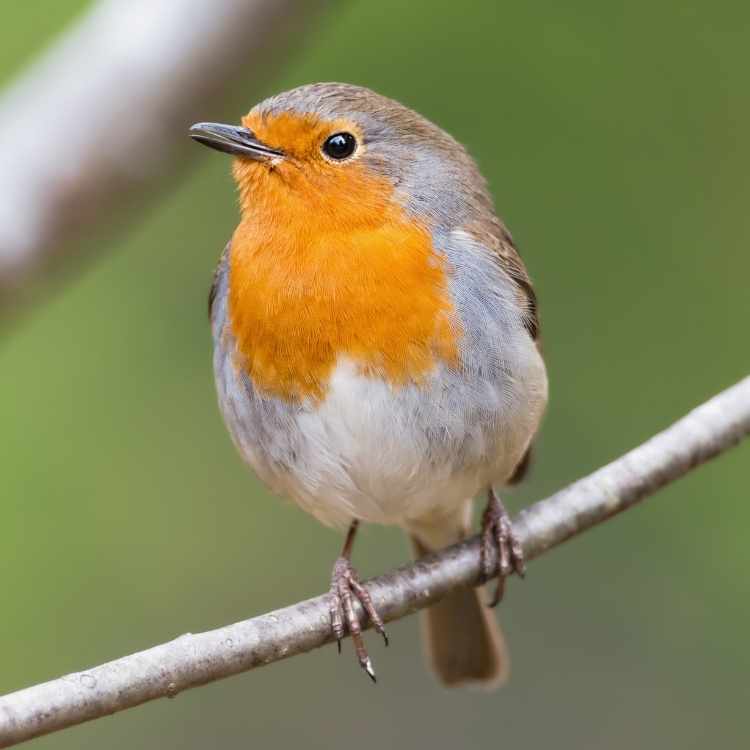
The following are some other cool facts about Red Robin to share with you:
- The robin is a renowned member of the thrush bird family, which includes the blackbird and the nightingale, and it is closely related to them.
- The robin has been designated as the national bird of the United Kingdom twice, the first time in 1960 and the second time in 2015. However, nothing has been officially announced as of yet.
- In mild winters, robins might begin mating as early as January, despite their normal mating season not beginning until March.
- Also check our post, the Robin symbolism.
Here you can check all Robin sounds
Interesting facts about the Oriole
Orioles are bug and fruit eaters, as well as songbirds. They prefer to remain concealed in the woods, where they may feed and sing their wonderful whistling sounds. People use foods such as orange slices, raspberry jelly, silkworms, and nectar feeders can be used to lure them down from their perches. It can take an Oriole as long as 12 days to construct a successful nest. One Oriole was observed spending 40+ hours stitching together a nest with around 10,000 stitches and tying thousands of knots with its bill.
Other interesting facts about the Orioles are as follows:
- Orioles are Maryland’s official bird, and they are found across the state.
- The Oriole receives its name from the Latin word aureolus, which literally translates as “golden bird.”
- The majority of male Oriole songs are distinct from one another to be recognized as belonging to a single individual. Females are believed to be able to recognize and locate their partner by the sound of their distinctive song.
- Read here more about the oriole symbolism.
Here you can check all Oriole sounds
Field Identification Tips
Robin
Robins are one of America’s most easily recognized birds. Their red faces help differentiate them from other red-breasted birds seen in the US. Adult Robbins have reddish-orange breasts, throats, and foreheads while having olive-brown upper bodies. A grey ring generally surrounds their orange patches. Young birds exhibit dark brown mottling on their backs and thighs, which is distinctive of the species.
Orioles
Orioles are smaller than Robin, with sizes ranging from 6-8 inches. These birds are mostly found in the northeast US. Their beak is silver-black in color. They have a jet-black head with orange chests and they are usually found at treetops.
Final Verdict
Both Orioles and Robins have basic orange coloration, and they love insects. Both species’ males are also responsible for defending their territory and unborn eggs throughout mating season. And finally, both of these birds inhabit very identical habitats.
Also check our comparison: Red Robin Vs Cardinal.
